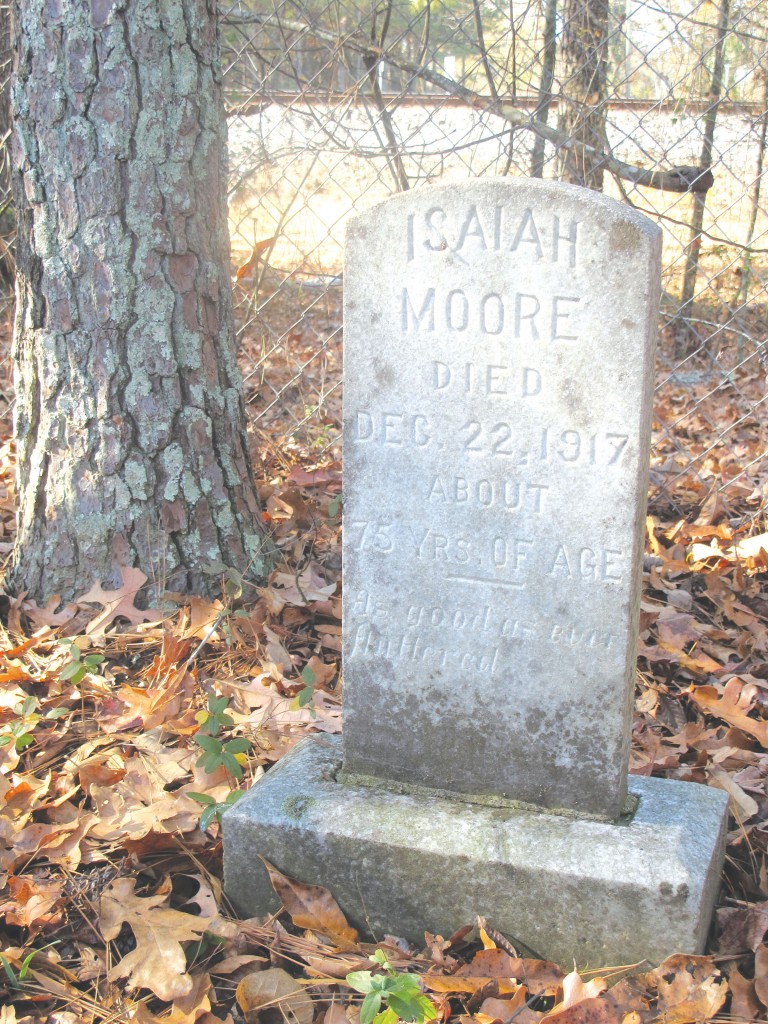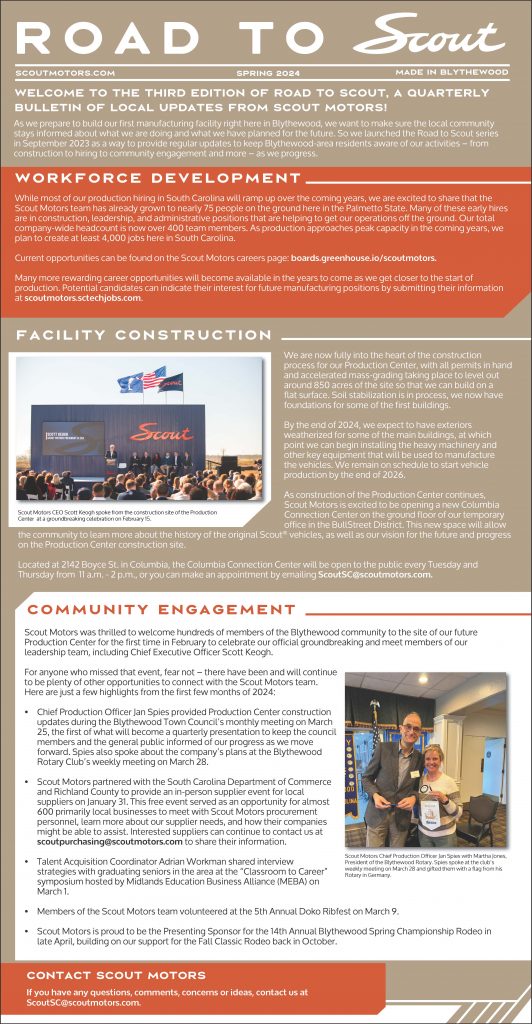Sometimes the most intriguing historical tales are preserved by only the most tenuous thread – a fading recollection, a yellowed journal page, a crumbling tombstone.
The stately, red brick Fairfield County Museum on South Congress Street in Winnsboro is a treasure trove of such local lore. On a recent day at the museum, director Pelham Lyles pointed out a fascinating example from Fairfield County’s Civil War past. It’s the account of an emancipated slave’s affectionate kinship with his former master. Lyles noted that the story shows how unexpectedly heartwarming relationships could sometimes be forged even in the most un-heartwarming circumstances.
In this case, the circumstance was slavery. Born as a slave and given as property to Thomas William Brice of Woodward when they were both children, Isaiah Moore grew up not just as a slave but as a close companion of Brice. It is reported that they fished and hunted together and passed much of their time in each other’s company. When the Civil War broke out, Moore accompanied his master to battle, where Brice fought with Columbia’s Sixth Regiment. Amid the harsh conditions of war, they journeyed north – possibly as far afield as Tennessee and Virginia.
But Lyles said the story took a surprising turn when Brice, in the thick of fighting, suffered devastating injuries and was left for dead.
“Apparently,” she said, “when Isaiah heard about his master’s severe predicament, he left the security of the camp area to head out alone or, perhaps with a horse, to find him.”
Moore eventually found Brice and carried him on horseback to safety. He tended carefully to his master’s wounds and health for the duration of the war, and in the years after remained a dedicated helper as Brice went on to pursue farming and business.
When Brice died in 1908, he was buried at the historic Concord Presbyterian Church on Chester Road about 7 miles north of Winnsboro outside of Woodward. It is the church where both men worshiped together, although in separate sections of the church. Such was the men’s lifelong friendship, however, that when Moore died nine years later, his final request was to be buried near Brice.
The problem, Lyles said, is that in those days, the church did not allow African-Americans to be buried within the wrought-iron perimeter of the cemetery. Instead, Moore was buried just outside the fence, as near to Brice as possible but still separated – symbolically and physically – by the barriers of the era.
It took another five decades before several members of the Concord church – including one of Brice’s descendants – were able to successfully petition to expand the cemetery fence.
The newly created perimeter enfolded Moore’s grave instead of excluding it. At long last, he and Brice could rest peacefully, not only as steadfast friends, but as equals.








